In today’s technological advancements in foot health management, the foot scanner and the foot pressure measurement device can be regarded as “twin stars.” One focuses on structural modeling, while the other concentrates on dynamic pressure. Both are widely used in hospital rehabilitation departments, orthopedic clinics, sports rehabilitation centers, and high-end health management institutions.
However, many people often wonder: do these two devices overlap in function? Can they be used together? If so, can they provide a more comprehensive assessment?
The answer is: not only can they be used together, but doing so is absolutely necessary.
Let’s first look at the essential difference between the two:
The foot scanner emphasizes static structural analysis. Using laser, infrared, or optical sensing technology, it captures three-dimensional data of the foot sole, arch, dorsum, and heel, and can precisely measure foot length, foot width, foot height, arch type, toe shape, and more. It functions like a “CT scan of the foot,” revealing the skeletal alignment, arch height, heel deviation, and other static structural issues.
The foot pressure measurement device, on the other hand, focuses on dynamic functional performance. Using a pressure-sensing plate, it records foot pressure distribution, center of gravity shifts, and gait rhythm while standing or walking. It shows how the foot actually bears force during movement — such as which area bears excessive load, which foot lands first, and whether there are abnormalities in a particular step.
Simply put: the foot scanner “looks at the shape of your foot,” while the foot pressure device “looks at how you use your foot.”
Used separately, each device has its own value. Used together, they enable truly comprehensive, multi-dimensional diagnosis.
For example, if a person’s foot pressure map shows insufficient arch support on the right foot, this may indicate a slight tendency toward inward rolling or flatfoot. But where exactly is the problem? The static scanner can immediately tell you whether the arch collapse angle exceeds the critical value, whether the calcaneus is tilted outward, and whether the toe bones are misaligned.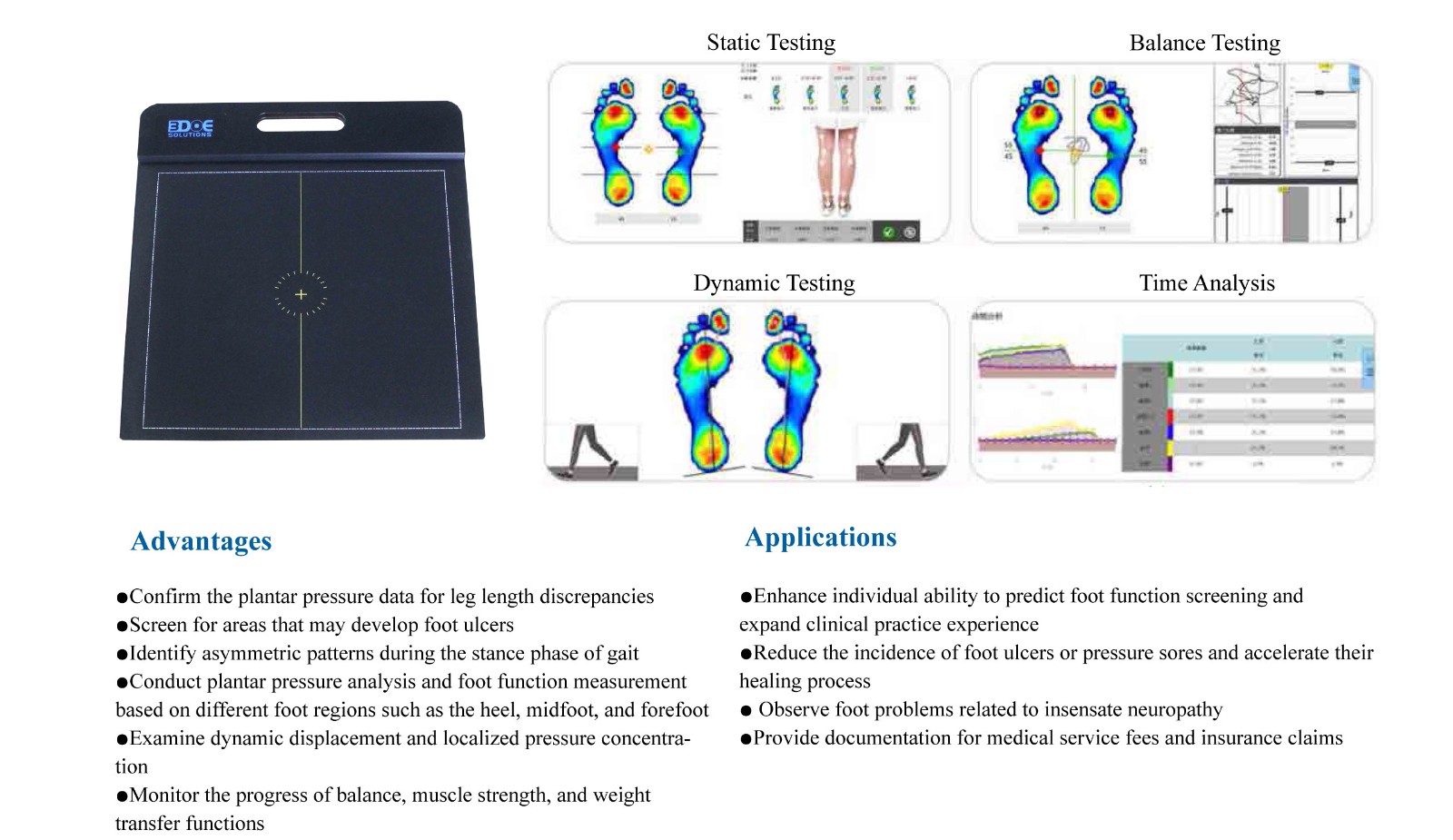
In another case, a static scan might show high arches, but the pressure test reveals a significant lateral shift in the walking center of gravity. This suggests that even though the structure is normal, the person has poor force application habits, which could lead to heel pain, knee and ankle fatigue, and other issues.
Clinically, this combination of structure and function in assessment has already become a trend.
Doctors and orthotic specialists usually begin by using the foot scanner to establish a structural profile, then combine it with pressure testing to evaluate dynamic performance. Finally, they use the data from both devices to formulate multi-dimensional treatment plans — such as insole design, gait training, and rehabilitation interventions.

 +86-0755-86131192
+86-0755-86131192 2025-06-23
2025-06-23 Back to list
Back to list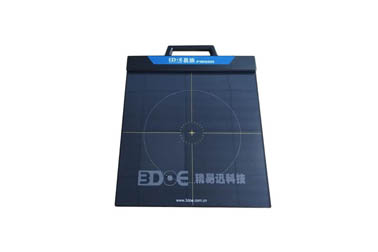
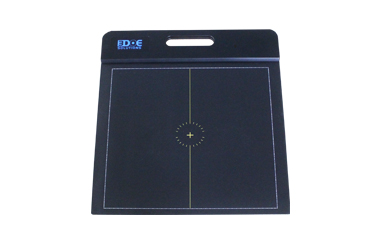

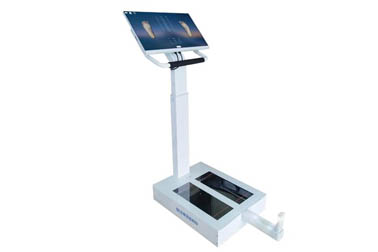
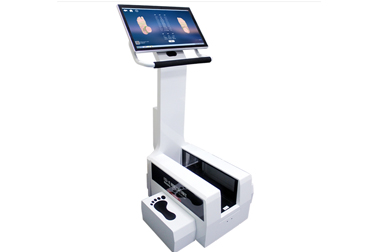
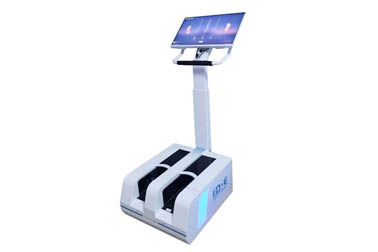



 +86-0755-86131192
+86-0755-86131192